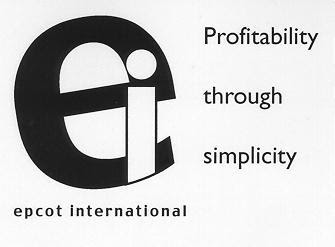This post was originally posted on November 19, 2007.
Recently an article presented a perspective titled “Cost per day/Cost per kilogram: What’s the right price for an API? That depends whether you see things like a pharma company – or like a CMO.”
This article illustrates why the drug prices are high. Drugs are competitively priced with similar molecules. I do not believe anyone has asked the customer what can she/he pay or should pay. Customer wants to live and she/he is going to pay whatever is the demanded price.
Due to large price differences of medicines in US and many other countries, people explored alternate sources for their medicines. Internet made that easier. This led to import of drugs that could also be counterfeit and illicit. Hopefully, Wal-Mart’s offer of $4.00 for a month’s supply generics will reduce these imports and counterfeits.
The referenced article suggests that the Wal-Mart’s prices are lower due to shorter supply chain. Is Wal-Mart not making any “enough” money? I believe they are making their targeted profit margin, as their goal is to make money for their shareholders.
Wal-Mart has done its homework at $4.00 price level. It might be worth looking at the price of formulated drug. The following is an illustrative case and has no similarity to any drug.
I have assumed an active (API) cost price is $50.00 per kilo. It is also assumed that the combined cost of excipients is $25.00 per kilo. The API to excipient ratio in the tablet is 1 to 9. Based on these assumptions, component cost of API and excipient for a 100-milligram tablet is 0.5 cent and 2.25 cents respectively. I have assumed that the cost to formulate and package is 2 cents per tablet. This brings the total cost of finished tablet to 4.75 cents.
At $4.00 for a 30-day supply, per tablet price to the customer is 13.33 cents. Thus, there is a profit margin of 8.58 cents (about ~60%) per tablet between the formulator, distributor, and Wal-Mart. 8.58 cents might look a small number but when you sell millions of tablets, dollars add up.
Cost of the API is about 3.75% of the Wal-Mart selling price. It is a low number. The API producer has made their desired profit margin. If Wal-Mart, CVS, Target, Walgreens, and other major drug sellers along with the API producer want to increase further their margin, they can do that by having the API supplier and the formulator to reduce their costs by implementing improved manufacturing technologies. In addition to improving their margin, the API producer and formulator will have fewer toxins to treat for safe waste disposal i.e. reduced cost and will also reduce environmental impact. Besides making higher profit though innovation, we have an obligation to “our planet earth.” We have to do our best to preserve its serenity and grandeur. We owe this to ourselves and for the generations to come. Thus, technology innovation is necessary.
It is conjectured that the cost of API component of a tablet is small compared to the selling price and for that reason; there is no incentive to develop and implement better technologies. This to me is a morbid thinking. It is like saying why improve our business practices if the business can make significant money because the customer would pay sellers price as she/he want to live. Complacency and lack of desire to improve invites competition and we are seeing that in the Pharma world.
